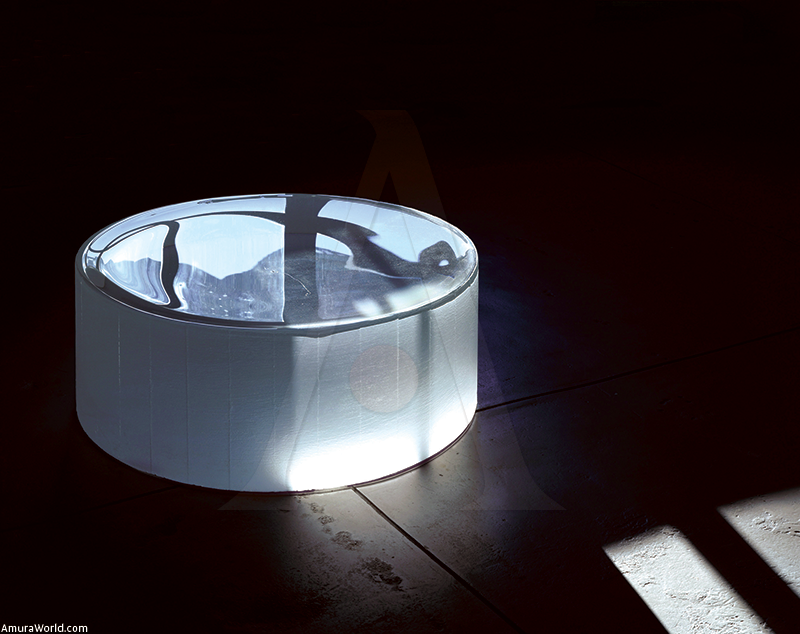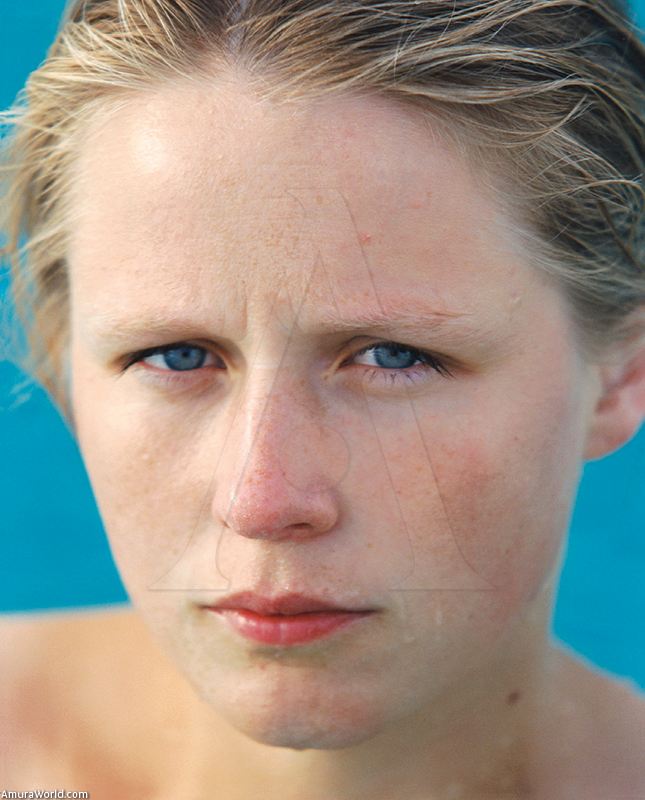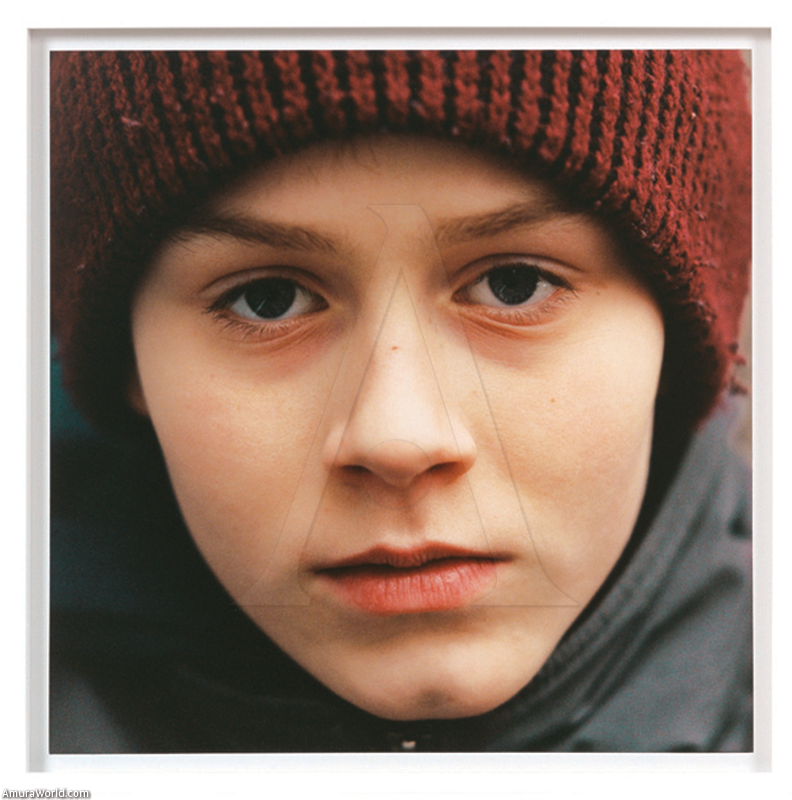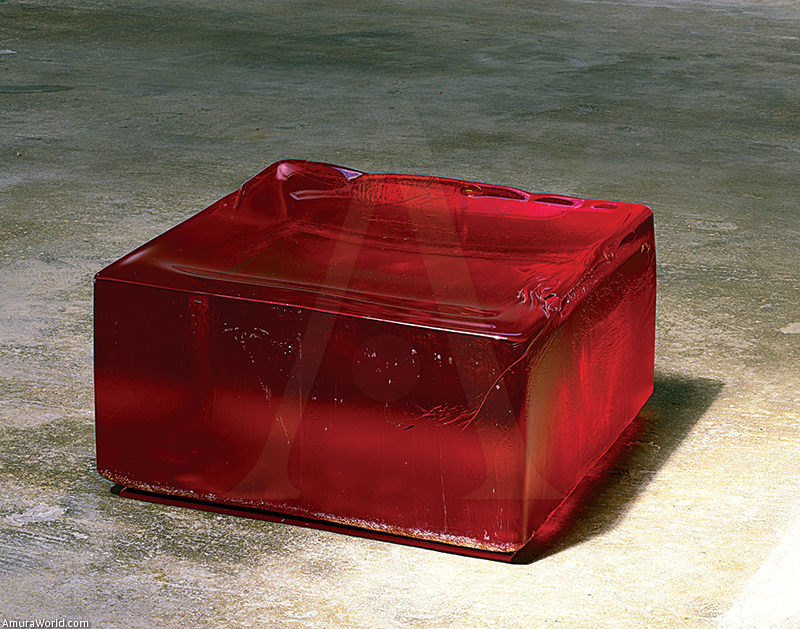The Roni Horn aka Roni Horn exhibition, is a review about the north American artist's work with more than two decades of plastic production, and it’s actually presenting on the Tate Modern (London) until may 25th.
The exhibits itinerary contains: Collection Lambert (Avignon) from June to October 2009, the Whitney Museum of American Art (New York) from November 2009 to January 2010 and the Institute of Contemporary Art (Boston) from February to May 2010, with the presence of Mark Godfrey for Tate Modem, next to Donna de Salvo and Carter Foster for the Whitney Museum.
It’s hard to precise when you are against the work of Roni Horn (New York, 1955). In every approximation the piece escapes like water through the hands. Every work shares a certain amount of qualities with the others; lets think of this: Horn works with a primary catalog of shapes, materials, colors and ideas; and each element goes through an evolution process with the rest, for continuity, likeness or antagonism.
There’s something restless in Roni Horn’s Work, the obsessive repetition luck, every work itself carries the traces of another, like an unfinished problem, a debt waiting to be settled. This feeling becomes evi- dent when to be able to think of one piece of work, we realize that we have to think of another one as well.
As a first approximation, we can establish that Roni Horn works with the geologic Icelandic landscape, the portrait, several liquid states and the memory flow. Also with a certain vital flow passing through the identity and mutability. Speaking about languages, the use of photography. sculpture, drawing and the artist’s book editing are also present.
Through several temporal and space strategies. the work somehow involves us actively. For instance, the Becoming a Landscape series, formed by twenty photographs linearly distributed along one of the museum halls, placed at the height of the spectators line of sight, recurring - like many others on the artist's work- to the dou- ble and pair strategy.
As we transit through the photographs we can see bubbling and water eyes, vents on the ground, cavities, occlusion zones, entrances and exits, escape valves: Stone, mud. water, vapor, mineral materials.... Heat regurgitations from earth. Every pair of photographs was taken in a differed time by fractions of a second. Each one acts as the imme- diate register of the previous one.
In a fraction of a second the difference is ins- talled. entailing two different temporalities. On one side, the landscape's temporality, with the earth's mutations, almost imperceptibles, and on the other side the time of the spectator ope- rating by memory.
The works established a temporal bond with the spectator that doesn't reside on the object neither on the photo or its double, but on the repeating act that transforms into an act of memory every time the double takes us to the original picture.
The temporal flow of the immediate past overflows filling the next picture with extracts of the one before. This “penetration of the past in the present" is defined by Philosopher Henry Bergson as Duration.
Horn’s work appeals to our memory from the duration, as an interrupted vital flow. The spectator triangulates the image and establishes a rela- tion with it, he becomes an operator. But in that precise moment, when the memory is working instead of perception; doubt, hesitation and uncertainty appear.
We stare back at the original photograph looking for the difference, the imperceptible trace from the temporal flow. We inquire, without knowing, memory failing, and the incapacity to tell the difference.
Going through the series along the hall, a pic- ture of a young person stands out maybe a teena- ger. It raises the uncertainty about its gender; it could be a man. woman or an androgen.
The double picture shares with the landscape the same mutation, change, of the temporal flow, even if it’s imperceptible or not. The picture is con- figured on the landscape as a part of a return, back to the mud where life sprung in the first place.
The return of organic or inorganic material animated or unanimated its continuous in Roni Horn’s work.
The exhibition unites the infinite showed on the little things, on the imperceptible changes on the material. Rubber, crystal, metal, paper and photographs are the prime materials that allow Roni Horn to transit through the picture and the landscape, from writing to memory, from weather to identity.
Text: Anarela Vargas ± Photo: Cortesía de las marcas






